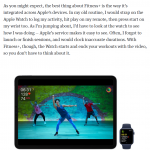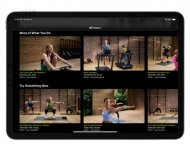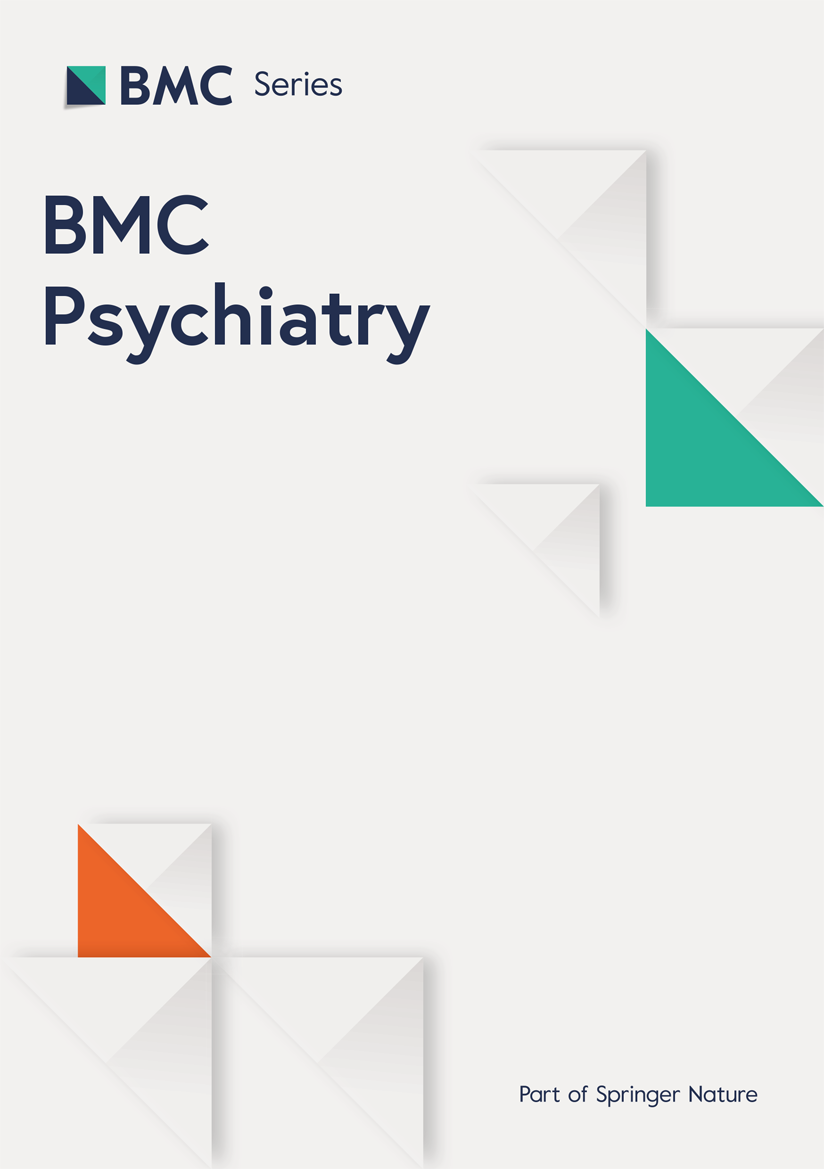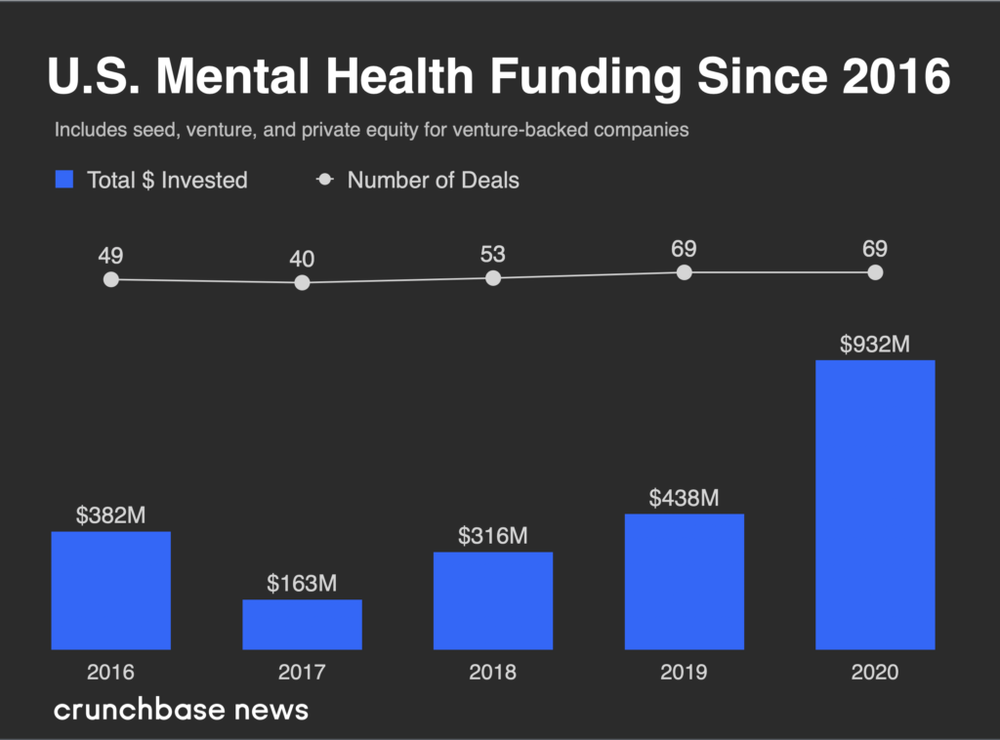Apple Fitness+ Review: Either Right on Time or Much Too Late | WIRED
Dec. 22, 2020
Apple invites users to sweat along with prerecorded classes on its new streaming workout platform—but the experience lags behind the competition.
Apple Fitness+ is … fine? I signed up for a three-month free trial, so I'll continue to use it in rotation with other workout activities and apps. It's one of the finest integrations of fitness and tech I've experienced-assuming "integration" is really a thing to want in home fitness. The app doesn't offer the live classes or coaching for outdoor runs you'll find on other platforms, and in general the Fitness+ classes lack the entertainment value that Peloton has. Those things could improve over time. The one thing that's likely not going to change: You're gonna need a lot of Apple products to use Apple Fitness+.
Rating: 6/10
WIRED:
Seamless interaction between Apple Watch, iPhone, and Apple TV. Diverse group of instructors with varying fitness and dance backgrounds. Workouts are not intimidating, and most offer modified versions of exercise. Seeing your heart rate and “rings” on the big screen is cool.
TIRED:
Requires an Apple Watch Series 3 [$169] or newer in order to access the Fitness+ app … which means you have to own an iPhone too. Also requires an Apple TV if you want to cast to a larger screen. No live classes, and no coaching for outdoor walks or runs. No built-in social network either.
Dec. 22, 2020
Apple invites users to sweat along with prerecorded classes on its new streaming workout platform—but the experience lags behind the competition.
Apple Fitness+ is … fine? I signed up for a three-month free trial, so I'll continue to use it in rotation with other workout activities and apps. It's one of the finest integrations of fitness and tech I've experienced-assuming "integration" is really a thing to want in home fitness. The app doesn't offer the live classes or coaching for outdoor runs you'll find on other platforms, and in general the Fitness+ classes lack the entertainment value that Peloton has. Those things could improve over time. The one thing that's likely not going to change: You're gonna need a lot of Apple products to use Apple Fitness+.
Rating: 6/10
WIRED:
Seamless interaction between Apple Watch, iPhone, and Apple TV. Diverse group of instructors with varying fitness and dance backgrounds. Workouts are not intimidating, and most offer modified versions of exercise. Seeing your heart rate and “rings” on the big screen is cool.
TIRED:
Requires an Apple Watch Series 3 [$169] or newer in order to access the Fitness+ app … which means you have to own an iPhone too. Also requires an Apple TV if you want to cast to a larger screen. No live classes, and no coaching for outdoor walks or runs. No built-in social network either.
Last edited:







